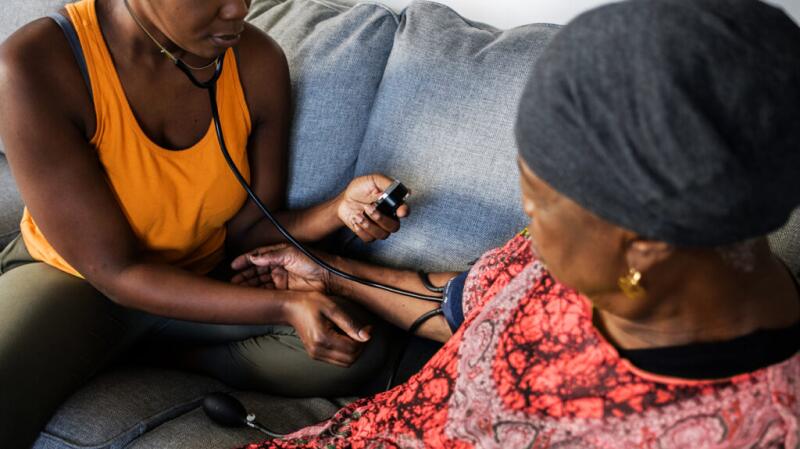
Your blood pressure can vary based on the time of day. Low blood pressure has many possible causes.
The causes of low blood pressure
- prolonged bed rest
- pregnancy
- a decrease in blood volume from trauma, dehydration, or internal bleeding
- certain medications
- heart conditions
- endocrine issues
- severe infection, such as septic shock
- allergic reaction, such as anaphylaxis
- nutritional deficiencies
- neurally mediated hypertension
There are three main types of clinically significant low blood pressure.
Orthostatic hypotension
Orthostatic hypotension occurs when your blood pressure drops when you stand up. It causes symptoms including dizziness, feeling faint, and blurred vision. It may also cause syncope, a temporary loss of consciousness.
Typically, your circulatory system can adjust to changes in position. It usually restores blood pressure quickly, although sometimes you may need to sit or lie down while recovering.
Causes of orthostatic hypotension may include:
- a lesion of the baroreflex loop
- decreased amount of blood in your body
- Addison’s disease
- certain neurological conditions, such as:
- multiple system atrophy with orthostatic hypotension
- autonomic system neuropathies
- other dysautonomias
Neurally mediated hypotension
In neurally mediated hypotension, your blood pressure decreases after extended periods of standing. It may cause dizziness, faintness, and nausea. This type of low blood pressure is the result of abnormal signaling of the brain and nerves. It is
Hypotension linked to shock
Low blood pressure linked to shock is a
- significant blood loss
- severe allergic reactions
- serious infections
- large burns
- poisoning
Shock is considered a life threatening condition. If you or someone you know is experiencing symptoms of shock, seek immediate medical care.
Symptoms of shock include:
- hypotension
- rapid heart rate or tachycardia
- rapid breathing
- change in the level of alertness
- change in mental status
- cold and clammy skin
- mottled skin
- decreased urination
Learn what blood pressure readings mean.
Low blood pressure does not always cause symptoms. Sometimes, it is discovered only during a routine examination. However, doctors typically
Symptoms of low blood pressure may include:
- nausea
- dizziness or lightheadedness
- fainting
- unusual thirst
- lack of concentration
- blurred vision
- cold, clammy, or pale skin
- rapid or shallow breathing
- fatigue
- depression
- weakness or tiredness
- heart palpitations
If you are experiencing any of these symptoms, contact your doctor.
Low blood pressure does not always require treatment. Sometimes, treating the underlying cause of decreased blood pressure can raise your levels.
Your doctor may recommend changing the dose of medications or wearing support socks to help with your circulation.
They may also recommend lifestyle changes, such as:
- moving slowly when standing or sitting up
- eating small and frequent meals
- lying down or sitting still after a meal
- drinking plenty of water to stay hydrated
- not sitting or standing for long periods
- not changing posture or bending suddenly
- not drinking caffeinated drinks at night
- not drinking too much alcohol
- avoiding hot showers
Learn about blood pressure monitoring.
Low blood pressure is often considered any level under 90/60 mmHg. It does not always cause symptoms. Sometimes, lower blood pressure is a normal level for some people.
Doctors do not typically consider low blood pressure an issue unless it causes symptoms. If you are experiencing symptoms, treatment may include changing doses of medications, treating underlying conditions, and lifestyle changes.
A life threatening cause of low blood pressure is shock. If you or someone you know is experiencing symptoms of shock, seek immediate medical care.







